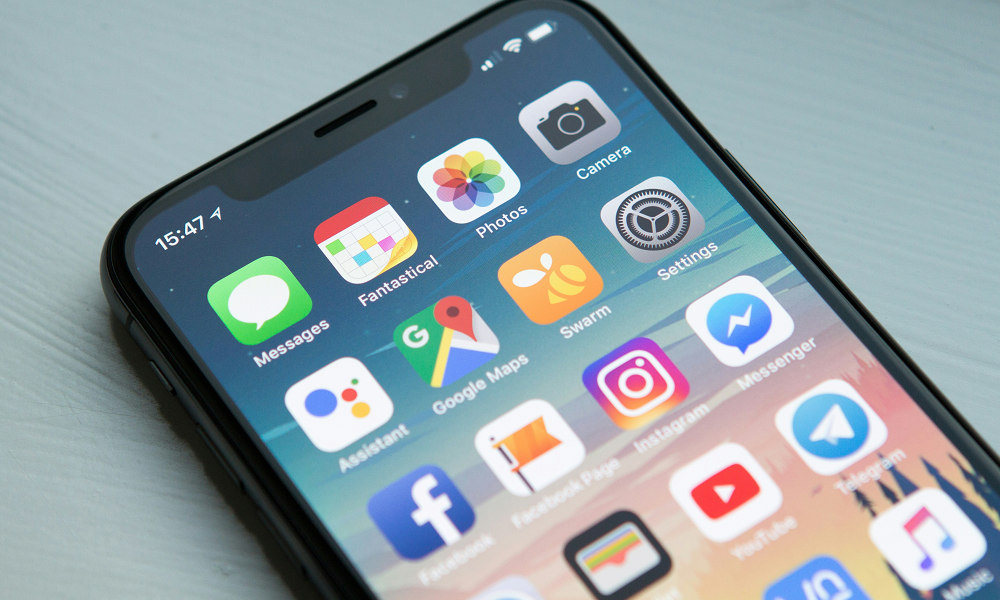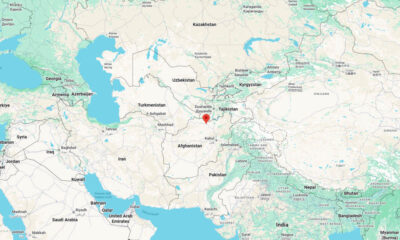Reviews
A Guide to Choosing and Integrating a Payment Gateway into Mobility Applications

Over half of all purchases on Black Friday were made via mobile devices. This is a remarkable increase of 10% over the previous year’s figures. The moment has come to consider integrating a mobile payment system.
Customers have long recognized mobile devices’ usefulness, but many merchants fail to see the device’s potential as a payment solution that can largely do away with the need for a cash register, bank terminal, and analytics software.
How Can You Add a Payment Gateway to Your App?
Mobile commerce is only one of many domains that have been impacted by technological advancement and improvement. But first, let’s examine your goods for sale before we talk about innovation in the payments business.
App Store and Google Play are involved in payment processing. Therefore this is crucial since they are concerned with in-app purchases. Also, major digital businesses like Facebook, Wargaming, etc., have their own methods of invoicing customers.
Every other scenario calls for a middleman, such as when paying for tangible things electronically. One such middleman is the payment gateway. A Construction Invoice Receipt Template can also be helpful.
There are a few common approaches to completing the assignment, but the two most common are:
- having the customer enter their credit card information inside your mobile app as part of the purchase procedure;
- the customer goes through to the payment-accepting intermediary’s service. You will get the user’s encrypted payment information once this system processes it. The user’s purchase has been completely paid, therefore, you can be confident that everything went properly.
It is important to note that a PCI-DSS compliant solution must be provided when discussing these possibilities.
For an application to be deemed trustworthy, it must adhere rigidly to PCI-DSS, a collection of security regulations. Thus, the most secure choice is the second scenario, where the user is sent to a different app to pay with the card (i.e., you are no longer responsible for protecting the user’s information). However, the requirements increase dramatically if your application has a checkout step (your platform requests the user’s card data). You need to make sure that your service can withstand any kind of hacker assault so that user data is safe.
When working with a customer (including you!), each intermediary has their own unique way of processing data and set of requirements. Plus, you get to choose the sort of app payment gateway that best suits your needs. Trustworthy services may save you a lot of hassle when getting the PCI-DSS certificate, which is crucial since getting the certificate can be a lengthy procedure. In addition, you may make beautiful forms of payment with most of them, which will help you design your app extremely attractively. Because a visually attractive program has a good effect on your app’s popularity, the last component is equally important.
3 of the Best Vendors for Mobile Apps
To begin, which payment gateways are currently trending and why? It is essential to evaluate various mobile payment methods!
PayPal
Among online payment systems, PayPal is among the most well-known and widely used. Just the fact that the word “PayPal” is recognizable to those who have never dealt with online payments before is proof of the prestige of the company. This position is well-deserved: PayPal takes payments in a wide range of currencies (approximately 26 different ones!), and it’s accessible practically everywhere. This is clearly paying off: every day, the service handles 5-10 million payments, and that figure, reflecting the ever-increasing number of PayPal users, is only going up. Not terrible, is it?
Streak
I don’t see why Stripe wouldn’t be a good alternative to PayPal if it doesn’t meet all your requirements; after all, PayPal is a fantastic payment gateway and a market leader.
Another popular option, Stripe lets you build and manage a mobile app payment gateway. The benefits include an easy-to-use application programming interface (API), which developers like, and compatibility with a wide variety of currencies, including Bitcoin.
Braintree
After being acquired by PayPal in 2013, Braintree justifiably continued to rank among the top mobile app payment gateways. It covers more than 40 nations globally with its complicated multipurpose service. Numerous famous businesses, like Airbnb and Uber, have opted for this specific solution in order to integrate mobile credit card payments.
Summary
There will have been much more than $1 trillion worth of mobile payments made throughout the world. Smartphones are currently well-equipped with all the necessary features for both consumers and merchants to handle electronic payments for tangible products. Remember these things if you are prepared to go with the flow:
- choose the payment method;
- choose the service with the optimal balance of price and quality;
- get in touch with your mobile payment gateway integration provider;
- track down programmers to put the offered tools into action. Your contractors will have no trouble realizing your vision if you have selected a trustworthy payment method that is favorable to developers;
- let clients know what their payment choices are.
When developing a mobile payment app, Mangosoft consistently keeps the client’s best interests in mind. Mangosoft is aware of the priorities and what needs immediate attention.

-

 US News1 week ago
US News1 week agoJetBlue flight diverts to Tampa after altitude drop injures at least 15
-

 Breaking News2 days ago
Breaking News2 days agoAt least 3 dead, 11 injured after UPS cargo plane crashes near Louisville airport
-

 World4 days ago
World4 days agoStrong 6.3 earthquake strikes northern Afghanistan; felt across Pakistan
-

 World4 days ago
World4 days agoProtesters storm government building in Mexico after killing of local mayor
-

 World5 days ago
World5 days ago10 people stabbed on train in Huntingdon, England
-

 US News1 week ago
US News1 week agoTrump says U.S. will resume nuclear weapons testing ‘on an equal basis’
-

 US News22 hours ago
US News22 hours ago5 firefighters injured in vehicle explosion in the Bronx, NYC
-

 US News1 week ago
US News1 week agoDamage reported in Kilgore, Texas following tornado warning




